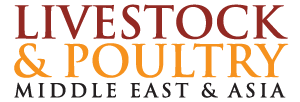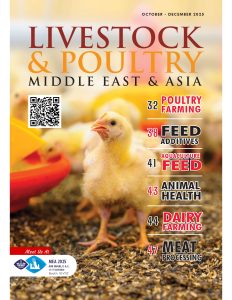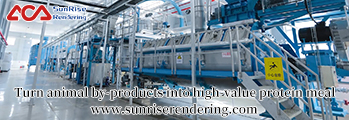Being naturally efficient feed converters, with an average feed conversion rate of 1.1, fish are one of the most efficient food animals to produce. In terms of feed conversion, every gram of feed counts, making optimizing feed conversion paramount for sustainable and profitable operations.Achieving a low FCR not only conserves resources but also minimizes environmental impact. Let’s explore the essential strategies for supporting feed conversion in aquaculture.
Understanding Feed Conversion Ration in Aquaculture%20(300%20x%20175%20px)%20-%202024-05-28T134826.898.png?width=300&height=175&name=Untitled%20(175%20x%20300%20px)%20(300%20x%20175%20px)%20-%202024-05-28T134826.898.png)
Feed conversion can be defined as the amount of feed required to produce a unit of fish biomass. A low FCR indicates efficient feed utilization, while a high ratio signifies inefficiency and wastage. Improving FCR is critical for reducing production costs, enhancing profitability, and mitigating environmental footprint.
Fish Feed Formulation: An Art and A Science
Fish feed formulation lies at the heart of optimizing FCR in aquaculture. A well-balanced diet, tailored to the nutritional requirements of the target species, is essential for promoting growth and minimizing feed wastage. Key considerations in feed formulation include:
- Protein Content: Proteins serve as the building blocks for fish growth. Balancing protein levels based on species, life stage, and environmental conditions is crucial for maximizing growth while minimizing excess nitrogen excretion.
- Lipid Sources: Dietary lipids are vital for energy provision and essential fatty acid supplementation. Incorporating high-quality lipid sources, such as fish oil and plant-based oils, ensures optimal growth and health.
- Carbohydrate Utilization: While fish have limited ability to digest carbohydrates, judicious inclusion of digestible carbohydrates can provide energy and support growth. However, excessive carbohydrate levels can lead to reduced protein utilization and compromised FCR.
- Vitamins and Minerals: Micronutrients play a critical role in various metabolic processes and immune function. Formulating feeds with adequate vitamin and mineral levels is essential for supporting overall health and maximizing feed conversion efficiency.
- Feed Pellet Quality: The physical characteristics of feed pellets, such as size, shape, and buoyancy, influence feeding behavior and nutrient utilization. Producing durable, water-stable pellets that encourage consumption and minimize waste is essential for optimizing FCR.
The Role of Aquaculture Feed Quality in FCR Optimization
Aquafeed serves as the vehicle for delivering essential nutrients to farmed fish, making its composition and quality pivotal for FCR optimization. High-quality aquafeed should be nutritionally balanced, palatable and readily digestible to promote efficient feed utilization and minimize wastage.Innovations in aquafeed technology, such as milling efficiency aids, have revolutionized feed formulation and production. Aquafeed is typically produced through a method known as extrusion. This involves blending the ingredients and subjecting them to high pressure and heat. The resulting mixture is then passed through a die to form pellets, which are subsequently dried, cooled, and packaged for distribution to fish farms.Anitox specialists have conducted field trials to evaluate the effects of Maxi-Mil®, a milling efficiency aid, on various aquafeed formulations, including Tilapia, Catfish and Shrimp. These evaluations revealed that factors such as extruder output, energy usage and moisture content in the final product improved with Maxi-Mil® inclusion.
Supporting feed conversion in aquaculture requires a holistic approach encompassing feed formulation, aquafeed technology and management practices. By formulating nutritionally balanced diets tailored to the specific requirements of target species, optimizing feed pellet quality and leveraging advancements in aquafeed technology, producers can enhance FCR, reduce production costs and promote environmental sustainability.As the aquaculture industry continues to evolve, maximizing feed conversion efficiency remains a key priority for meeting the growing global demand for seafood. To learn more about how Anitox can support feed conversion in your aquaculture operation, connect with your clean feed expert today.




















